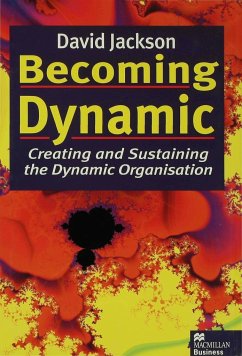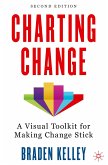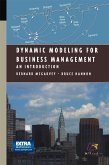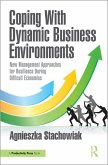In this follow-up to the ground-breaking, Dynamic Organisations , David Jackson leads the reader step-by-step through the change management process. He describes the change management process using a unique 'double loop' model and uses this to clarify processes which can otherwise appear intimidating, such as environmental scanning, direction setting, change planning, implementation and sustaining activities. A 'Change in Action' section uses vivid case-studies to show how real organisations have risen to the challenge of sustaining on-going innovation. David Jackson wrote Becoming Dynamic to communicate the lessons he has learnt after many years of working as a consultant with senior managers struggling to make change work in a variety of companies. This is reflected in his spirited and enthusiastic style and his refreshing take on much-discussed issues such as leadership, culture, learning and performance.
Hinweis: Dieser Artikel kann nur an eine deutsche Lieferadresse ausgeliefert werden.
Hinweis: Dieser Artikel kann nur an eine deutsche Lieferadresse ausgeliefert werden.
Reviews of, Dynamic Organisations by the same author:
'Essential reading for those who have the responsibility for leading tomorrow's organisations' - Alun Cathcart, Chief Executive, Avis Europe Ltd.
'David Jackson combines a rare blend of business insight and conceptual thinking in this ground-breaking book' - Professor Martin Christopher, Cranfield School of Management
'A lively and enthusiastic account of the challenges involved in change, illustrated with a generous range of relevant examples. Solid.' - Management Today
'Essential reading for those who have the responsibility for leading tomorrow's organisations' - Alun Cathcart, Chief Executive, Avis Europe Ltd.
'David Jackson combines a rare blend of business insight and conceptual thinking in this ground-breaking book' - Professor Martin Christopher, Cranfield School of Management
'A lively and enthusiastic account of the challenges involved in change, illustrated with a generous range of relevant examples. Solid.' - Management Today








